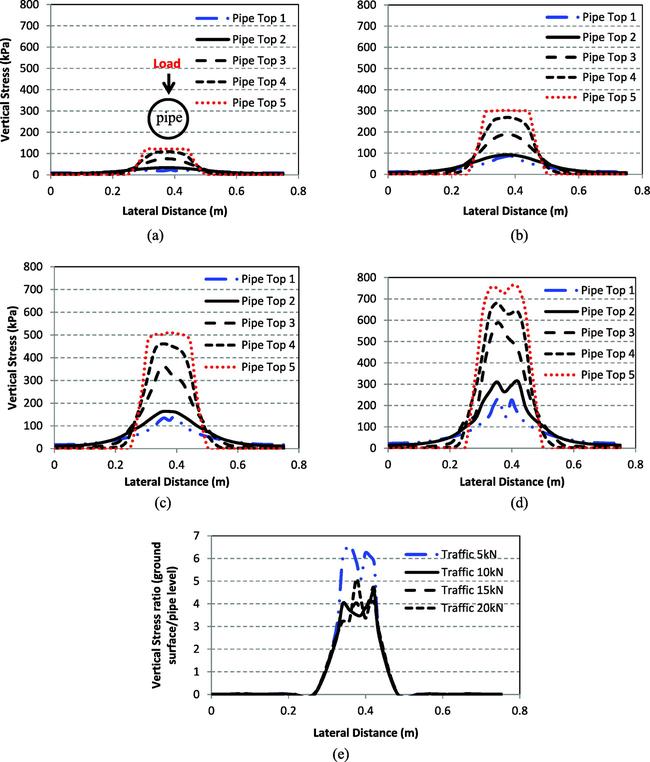L'article tente d'évaluer les valeurs de comparaison des déplacements et des contraintes de ponceau réalisés dans quatre technologies différentes avec les valeurs standard autorisées basées sur des tests de laboratoire à l'échelle naturelle.Les modèles ont été fabriqués à l'aide de plastique PE et de feuilles en acier ondulé.Dans ce cas, les résultats des tests structurels ont été comparés sous une charge de défaillance.
Un exemple de dommages causés par une surcharge de structure flexible enterrée est illustré à la figure 1.
The topic described in the paper is very important due to the fact that in recent years, research and analysis of culverts under various types of loads are still being carried out. This is related to both culverts in situ tests1,2,3,4, as well as numerical analysis of different load cases5,6,7,8,9.
In the case of buried flexible structures, the impact of the backfill on the soil-shell interaction is less pronounced than in the case of rigid structures. This is because in these structures, once the ground is made, a natural vault is formed in the backfill, limited from the top by the road surface and from the bottom by the curvature of the structure. This phenomenon is called "vaulting", although in the natural situation it occurs as a result of creating a hole inside the stabilized natural soil and not in the embankment of the soil-covered structure under construction10. In such a situation, the dead load of the layers (soil backfill and roadway substructure) and the live loads cause much less reaction on the foundation than in a rigid (classic) vaulted structure. In the case of buried flexible structures, the interaction of the flexible structure with the soil backfill is employed. Therefore the main load-bearing structure is the soil backfill as well as the reinforcing geotextiles. In the case of rigid culverts, the backfill is only the filling without significant interaction.
Despite the extensive theoretical research that has been carried out to model soil-structure interactions leading to many mathematical relationships and empirical equations, most of them present a shortcoming in considering the actual soil-shell-interaction response. One common way to obtain real information about this interaction is to develop a physical model capable of providing various conditions11,12. Such model allows the measurement of most parameters related to the behavior of the buried flexible structure with high accuracy. At the same time, the model allows, to measuring parameters under various service loads (static, dynamic and fatigue), and also to determine the mechanism of failure of such structures under an extreme live load. It is the most accurate method of performing such analyzes13, which can certainly be supplemented with the most modern FEM analyzes, including heterogeneous models of structure material14.

The article presents the results of analyzes of four full-size laboratory cases made in different technologies. In all cases, the applied loads exceeded the assumed standard loads by 400%. The studies provide a good basis for assessing the accuracy and reliability of the commonly used finite element analysis methods15,16.
Il convient de noter que par rapport à l'analyse numérique, à la construction, aux tests, puis la démolition du modèle d'échelle naturelle nécessite des dépenses financières très importantes.Pour cette raison, de telles études sont menées moins fréquemment dans le monde.









